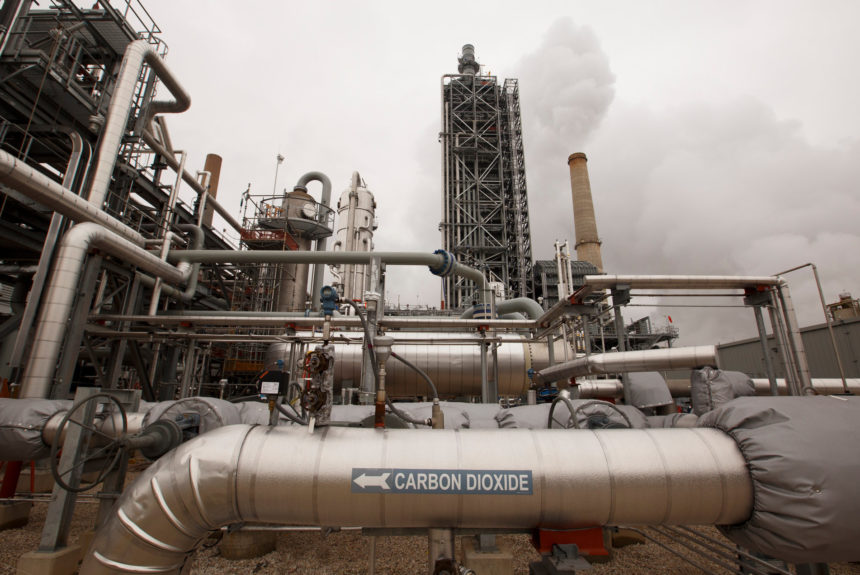Ask any pro-free market environmentalist about carbon capture, and they all most likely will tell you the same thing: “It is really important.” While decarbonizing business and industry is a vital goal that should certainly continue to be pursued, carbon capture helps reduce already-released carbon emissions. But traditional carbon capture technology is not a one-size-fits-all solution, primarily due to cost barriers. Enter Verdox, a company seeking to change that reality.
>>>READ: Carbon Capture is Coming to Appalachia
Verdox paints the company’s technological innovation as “the missing piece in the planet’s resistance.” The company was founded in late 2019 by Dr. Brian Baynes, Professor T. Alan Hatton, and Dr. Sahag Voskian in order to commercialize electric carbon technology (known as electroswing adsorption platform technology or ESA) that was originally developed at MIT. This technology provides a solution for one of the key problems haunting today’s carbon capture systems—massive energy use that drives up costs.
Carbon capture technology designed by Verdox uses up to 70 percent less energy than traditional systems by avoiding energy losses from heating and cooling. Traditional systems function similarly to a sponge—carbon is absorbed and then “squeezed” out by applying tremendous heat. While effective, the sheer amount of energy used drives up prices and makes scaling systems to fit various needs difficult.
Verdox systems use electric voltage, not heat, to create a more efficient process. This eliminates the need for water or heat within the system while applying electricity more efficiently. It also makes the entire system scalable by design—the technology is built in stacks of electrodes that resemble arrays. The modular approach means that you simply add or take away stacks to get the right size.
Discussing the way Verdox systems function, the company explained:
“Gas enters each stack on one side and is channeled through the electrodes that make up the stack, in which the CO₂ is absorbed. The remaining gas simply passes through the stack and exits on the other side. Once the stack is saturated with CO₂, the incoming gas is stopped, and pure CO₂ exits the stack on the other side. Installing stacks in parallel with alternating cycles allows for a continuous flow of incoming mixed gas and outgoing pure CO₂.”
This technology has caught the eye of investors. A group of financial backers including Breakthrough Energy Ventures (BEV), Prelude Ventures, and Lowercarbon Capital have committed $80 million in capital to develop and deploy the systems. “The high energy efficiency and scalability of Verdox’s technology could enable the company to play a major role in addressing the carbon removal challenge,” says Carmichael Roberts from BEV.
>>>READ: Occidental to Build Largest Direct Air Capture Plant in the U.S.
“This innovation has provided a paradigm change for both industrial and air capture–and the Verdox team has made great strides to reduce the concept to economical commercial practice.”
Just as advanced modular nuclear reactors are solving nuclear power’s limiting scalability problem, Verdox is providing scalable solutions to the world of carbon capture. This is innovation at its best—identifying how a good thing can be made even better. With technology like this, we should expect to see carbon capture become much more common.
The views and opinions expressed are those of the author’s and do not necessarily reflect the official policy or position of C3.
